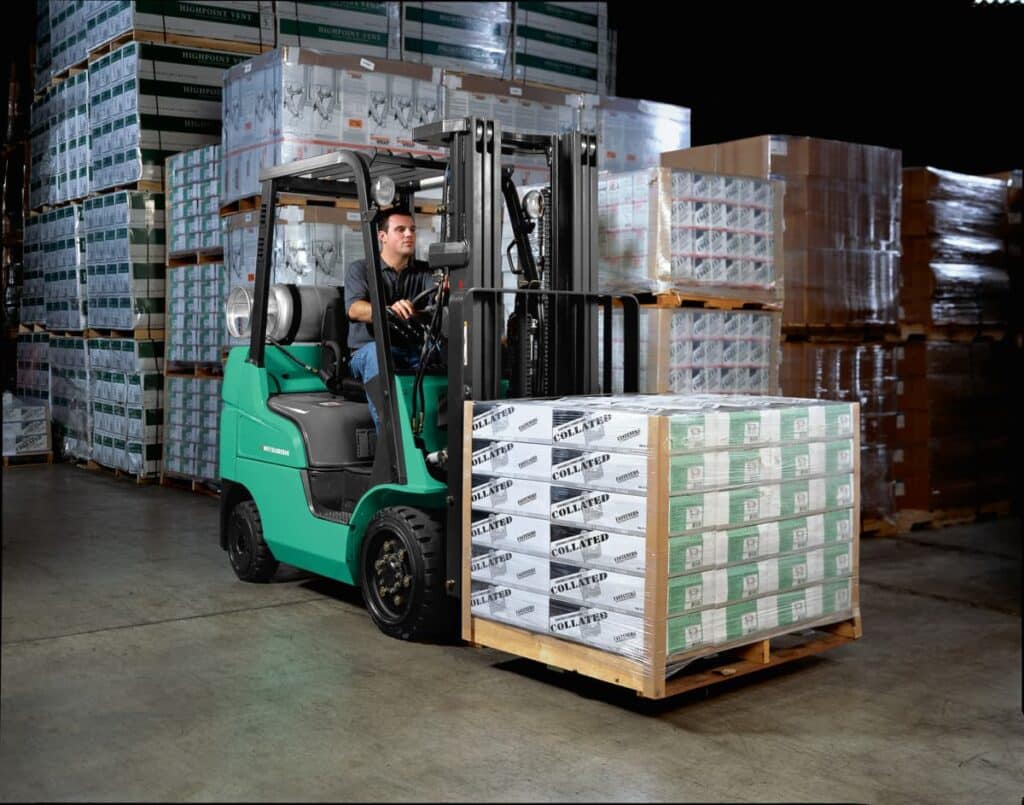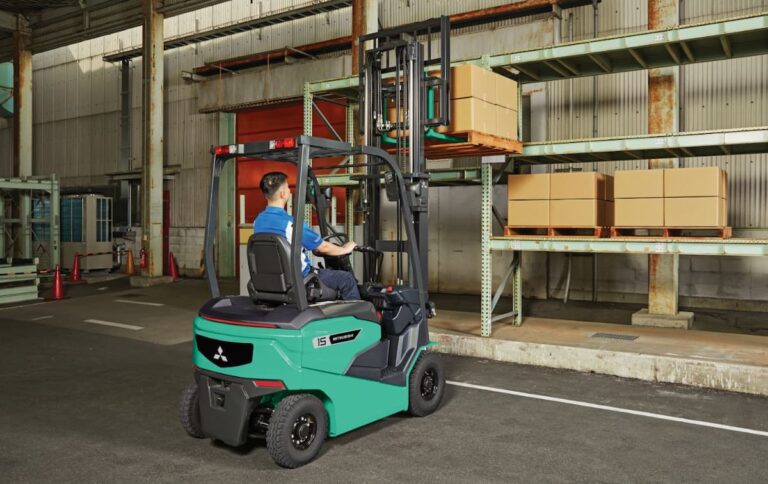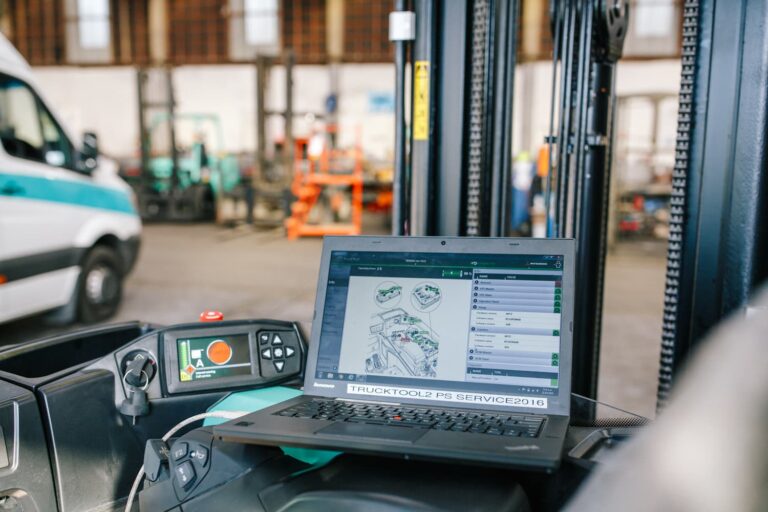Choosing the right forklift for your rental needs is crucial for ensuring efficiency, safety, and cost-effectiveness in your operations. Whether you are managing a warehouse, a construction site, or a retail facility, the right forklift can significantly improve productivity and reduce the risk of accidents. A poorly chosen forklift, on the other hand, can lead to operational inefficiencies, unexpected costs, and potential safety hazards.
In many situations, renting a forklift makes more sense than purchasing one. Businesses with seasonal demand fluctuations, short-term projects, or temporary warehouse expansions can benefit from renting instead of investing in an expensive piece of equipment. Forklift rentals also make sense for businesses that want to test different models before committing to a purchase or for those that need a temporary replacement while their own forklift is being serviced.
This guide will walk you through the critical factors to consider when renting a forklift, from assessing your lifting needs to understanding different forklift types, fuel options, cost considerations, and safety requirements. By the end, you’ll have a clear understanding of how to choose the perfect forklift for your unique operational needs.
Assessing Your Lifting Needs
Understanding Load Capacity: How Much Weight Do You Need to Lift?
One of the first factors to consider when renting a forklift is how much weight you need to lift. Forklifts come with different load capacities, typically ranging from 1,000 kg to over 10,000 kg. If you choose a forklift with insufficient capacity, you risk overloading it, which can lead to mechanical failures, tipping hazards, and potential damage to goods. On the other hand, renting a forklift with significantly more capacity than you need may result in unnecessary costs. To determine the right capacity, consider the heaviest loads your operations handle regularly and ensure that the forklift has enough power to lift them safely.
Height Considerations: How High Do You Need to Lift Loads?
In addition to weight, you must assess how high your forklift needs to lift materials. Different forklifts have varying mast heights, and choosing the wrong one can limit your ability to place or retrieve items efficiently. A forklift with an extendable mast or a reach truck may be necessary for warehouses with high racking systems. On construction sites or outdoor environments, you may need a telehandler with telescopic capabilities. Always measure the height requirements of your space before finalising your rental.
Indoor vs. Outdoor Use: How Your Work Environment Affects Forklift Choice
The environment in which the forklift will operate is another crucial consideration. Indoor environments, such as warehouses and retail facilities, typically require electric forklifts due to their zero emissions and quiet operation.
Outdoor environments, especially those with uneven terrain, demand forklifts with rugged tires and more powerful engines, such as diesel or LPG forklifts. If your operations involve both indoor and outdoor work, consider a versatile model with the appropriate tires and power source.
Understanding Different Types of Forklifts
Counterbalance Forklifts
Counterbalance forklifts are among the most common types of forklifts and are widely used in warehouses, manufacturing plants, and retail storage facilities. These forklifts have a weight at the back that counterbalances the load at the front, making them stable and easy to operate. They come in electric, diesel, and LPG versions, and their versatility makes them an excellent choice for general-purpose lifting.
Reach Trucks
If you’re operating in a warehouse with narrow aisles and high shelving, a reach truck is the ideal choice. These forklifts are designed with an extendable mast that allows them to “reach” into racks to pick up or place loads. Their slim design allows them to maneuver in tight spaces, making them perfect for maximising warehouse storage capacity.
Pallet Jacks & Walkie Stackers
For businesses that need to move pallets over short distances, pallet jacks and walkie stackers offer an efficient and cost-effective solution. These forklifts are often electric-powered and are commonly used in retail environments, small warehouses, and distribution centers. They are easy to operate and require minimal training.
Rough Terrain Forklifts
Construction sites, farms, and lumber yards require forklifts that can handle rough terrain. Rough terrain forklifts are built with heavy-duty tires, robust suspension, and powerful engines to navigate dirt, gravel, and uneven surfaces. These forklifts are crucial for outdoor lifting applications where stability and traction are essential.
Telehandlers
Telehandlers, also known as telescopic handlers, are a type of forklift designed for extreme lifting heights. They are commonly used in construction and agriculture for lifting materials to high places, such as scaffolding or grain silos. Their extendable arms allow them to reach further than traditional forklifts, making them highly versatile for complex jobs.

Choosing Between Fuel Types
Electric Forklifts
Electric forklifts are an excellent choice for indoor environments due to their zero emissions and low noise levels. They are energy-efficient, require less maintenance, and are ideal for warehouses and retail spaces. However, they require charging time, which means they may not be suitable for operations that need continuous use unless additional battery packs are available.
Diesel Forklifts
Diesel forklifts are known for their power and durability, making them suitable for heavy lifting and outdoor applications. They have a long runtime and can handle rough terrain, but they produce emissions, which makes them less ideal for indoor use. Diesel forklifts also require regular maintenance and fuel costs can add up over time.
LPG (Gas) Forklifts
LPG forklifts offer a middle ground between electric and diesel models. They provide consistent power, are quick to refuel, and can be used both indoors and outdoors. However, they still produce emissions, so they require proper ventilation in enclosed spaces. LPG forklifts are a good choice for businesses that need flexibility in their operations
Rental Duration & Cost Considerations
Short-Term vs. Long-Term Rentals
Short-term rentals are ideal for businesses with temporary needs, such as seasonal demand spikes or special projects. Long-term rentals, on the other hand, offer cost savings and stability for companies that require forklifts year-round but don’t want to invest in purchasing equipment.
Understanding Rental Pricing
Forklift rental costs vary depending on duration, with daily and weekly rates being higher per unit time compared to monthly rentals. Businesses should compare costs and negotiate rental terms that align with their needs to avoid unnecessary expenses.
Hidden Fees to Watch Out For
Always check for additional costs such as delivery fees, maintenance charges, and fuel costs. Some rental agreements include servicing, while others may charge extra for repairs. Understanding these hidden costs can prevent unexpected expenses.
Wrapping Up
Choosing the right forklift rental involves assessing your needs, understanding different forklift types, evaluating fuel options, considering rental costs, and ensuring safety compliance. By taking the time to review these factors, you can select the most suitable forklift that maximises efficiency while minimising costs. If you’re ready to rent a forklift or need expert guidance, reach out to a trusted rental provider to discuss your specific requirements.
Get your business noticed by creating an online directory listing. Listings are FREE and you can create as many as you need.
- Get found by locals


